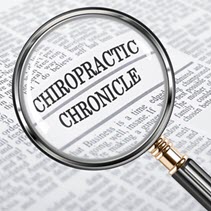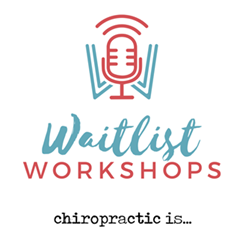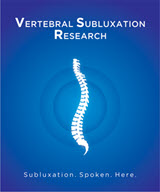Chiropractic Helps Children with Autism

CLICK HERE to read the research
McCoy added, “It’s reasonable to suggest that if you obstruct or damage the nerves exiting the spine, the result of the obstruction or damage can have far reaching implications on the functioning of the body. Through research reports like this we are finding that correcting these structural shifts reduces nerve obstruction, bringing about marked improvement in children who are experiencing a variety of neurobehavioral challenges.”
Research is revealing that there is a relationship between abnormalities in the spine, the nervous system, and the brain. Basic science and clinical research shows that the proper development of the brain relies heavily on proper structure and movement of the spine from an early age.
Research has shown not only that the developing brain relies on normal structural integrity and joint movement, but that complex neurochemical communication and pathways involved in helping humans to respond to their environment are tied into spinal biomechanics and their related neurological pathways.
“It makes perfect sense when you think about it” stated McCoy. “Neurobehavioral disorders such as autism may be related to how the entire body communicates with the brain and the most critical area for this is the spine.”
Some researchers believe that the increase in the diagnosis of such disorders as autism, ADHD, pervasive developmental disorder, Tourette’s Syndrome, obsessive compulsive disorder and other neurodevelopmental disorders, have their root in a “perfect storm” of abnormal spinal development.
In this paper researchers reviewed eleven studies on chiropractic and children with autism. The studies involved over 200 children in total who underwent chiropractic care.
In addition to being diagnosed with autism all the children reported on in these studies were examined by chiropractors who found abnormal structural shifts in their spines. These structural shifts can lead to obstruction of the nerves and it is this obstruction, called vertebral subluxations, that chiropractors correct.
Following chiropractic care the researchers reported a host of improved health outcomes including more expressions of joy, better posture and increased spontaneity. Fewer occurrences of violence, nightmares and sadness and decreased hyperactivity. There were reported improvements in nocturnal enuresis, ear infections, irritable bowel syndrome, improvement in behavioral issues, better school performance and displays of improved social skills speech and communication. Improvement in sensory and cognitive awareness, motor skills, visual memory, spatial orientation, auditory-verbal perception and memory, sensory stimuli memory and working memory were all noted following chiropractic care.
The researchers call for more research on chiropractic, subluxation and autism.
Contact Information:
Matthew McCoy DC, MPH
Journal of Pediatric, Maternal & Family Health – Chiropractic
http://www.chiropracticpediatricresearch.com
support@vertebralsubluxationresearch.com

Blogs
- The Chiropractic Cartel: A Look Back at Bias in Accreditation and its Imact on Today's Profession
- Inside Montana's Chiropractic Monopoly: ACA & MCA's Brazen Board Takeover
- Concerns Grow About Control of the NY State Chiropractic Board by the ACA - Use of X-ray in NY Under Threat
- Reproductive Health Information and Chiropractic Care: Navigating New Privacy Regulations
- Navigating Substance Use Disorder (SUD) Consent: What Chiropractors Need to Know













